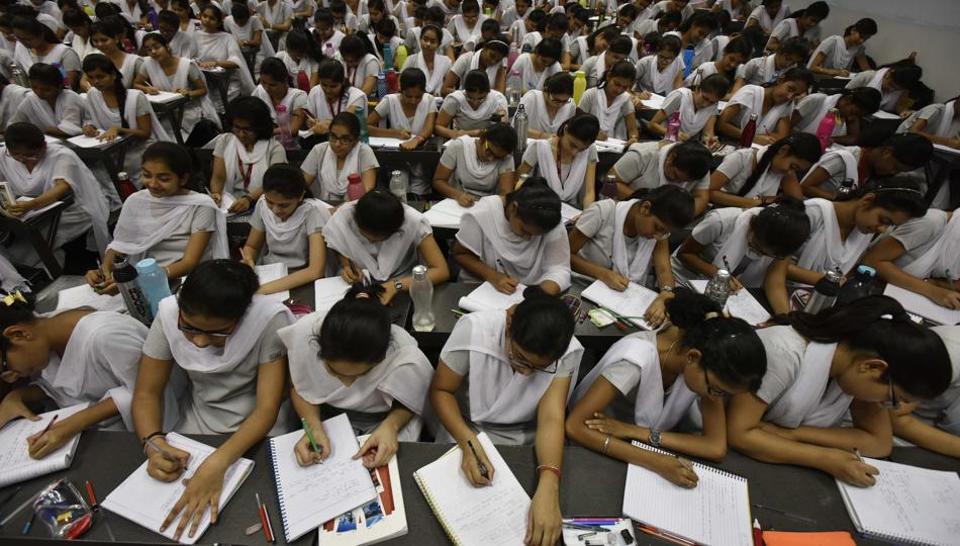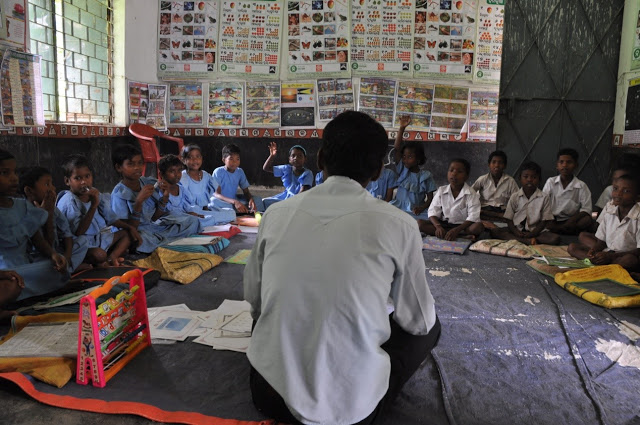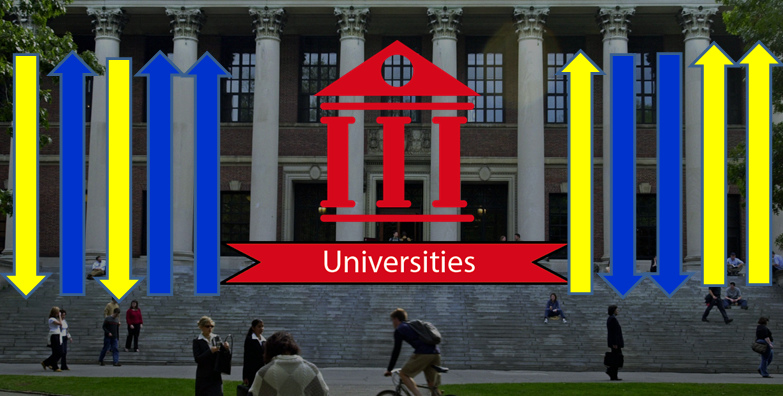In their quest for demystifying life, human beings have resorted to a variety of strategies, such as categorization, codification, generalization, etc. It seems to me that standardization is one such strategy that is employed by the human race, for want of a better reason that I could locate, to be able to make a better sense of the various stimuli that compete with each other to attract its attention. This is what I think is the rationale behind the dire need that is felt by the human race to standardize. On another level, if we look at the history of this global movement towards standardization, we will be able to locate its linkages with the processes of industrialization, imperialism, capitalism and finally, globalization.
The 18th century Industrial Revolution was marked by a shift from small-scale, home based, non-standardized manufacturing to manufacturing on a mass-scale with the help of standardized machinery. Frederick Taylor, through his ‘Principles of Scientific Management’, made efficiency the buzzword, which was to be achieved through the standardization of processes and work-flow techniques. This mechanization and standardization sufficiently aided the imperialistic powers in further consolidating their hold on the territories controlled and administered by them. The growth and progress in standardization on the one hand sounded the death knell for small-scale, diversified and localized industry and processes, on the other. The end of the imperial era led to a bipolar world for some time, the bipolarity giving way to a unipolar world after the breakdown of the Soviet Union.
This breakdown coincided with the death of socialism, the breakdown of USSR being portrayed as an undeniable proof of the failure of the system (whether it actually was or not, is another question altogether. In fact, this instinct of trying to portray things as simple cause-effect phenomena is yet another proof of the human urge to simplify things). This unipolar world, dominated by the USA, established capitalism as the victorious ideology that could no longer be challenged, and was established as the only operative world ideology. The interpretation of capitalism that dominates the world today looks at straitjacketed ‘one size fits all’ solutions to everything. It is assumed that entire societies and people driven by the economic imperative, pushing into background the social, moral and the humanitarian imperatives. There is now a standardized definition of growth and a single interpretation of development. These can be measured with the help of standardized indexes and scales. Standardized rating agencies can then arrive at a ranking for nations, based on the scores achieved on these standardized scales. And finally, all of the above leads towards meeting the requirements of the globalized world. Such a world increasingly wishes to obliterate the need and the importance of local contexts, local knowledge and local solutions. Context specificity is paid only a lip service in this content driven world.
The world of education is only a subsystem in this entire global trend, and has thus, not remained untouched by this quest for standardization. The imperial forces that ruled over India for close to two centuries developed the basic framework for the Indian education system, from which we have not much deviated since and even after independence. What constitutes education and what should be taught in our schools, colleges and universities is decided by the political leaders, bureaucrats and the educational experts (the role of the third category of individuals varying with the political dispensation in power). The role of students, teachers and parents in this whole process is minimal. It is only incidental that these are the three constituencies that are most effected by even the smallest of the decisions taken by the first three groups of people. This is the standardized process that is in fact followed globally (in majority of the nations at least), irrespective of whether a nation is a democracy or not, in fact more so in avowed democracies. A democracy, at least purportedly, is all about the voice of the people, however, in actual practice it has been definitively concluded that ‘common people’ are not worth giving a voice to. In such systems, completely devoid of context specificity and local influences, the needs of an individual do-not find any space in the ‘bigger’ scheme of things.
In this context, the individual is forced to adapt to the system rather than the system tailoring itself to the needs of the individual. Keeping all of the above in mind, the latest intent of the Indian government to scrap the ‘No detention policy’ intro duced by the Right to Education Act, 2009, doesn’t come as a surprise. Any act promulgated for the whole of a nation, that too as diverse as the Indian nation, can at best provide only the broadest of framework and guidelines, to be sufficiently tweaked to suit the local conditions. However, this is seldom what actually happens. The lure of standardization is too strong to be easily swept aside. So, readymade frameworks, formulae and solutions are cherry-picked from one context and blindly implemented in a completely different one. In the extant case, the results of standardized evaluation techniques used to evaluate a child, irrespective of any other contextual consideration, convinced the policy makers and the implementers alike, that the ‘No detention policy’ had in fact turned out to be an abysmal failure. Again succumbing to the temptation of simplifying the problem, and as a consequence simplifying the solution as well, it was definitively concluded that scrapping the ‘No detention policy’ would solve all the problems ailing our education system. The policy may well be scrapped in the coming session of the Parliament. However, in the above pandemonium, we might have just succeeded in compounding the problem. The basic problem with the ‘standardized’ world today is that it has long forgotten the fundamentals of problem solving. Each and every problem that faces an individual or a society as a whole, is unique in itself, and thus has a unique solution. It cannot be solved by ready-made, standardized, copy and paste methods.
The very first step of this process is forming the problem statement correctly. The next step is breaking down and internalizing the problem statement to such an extent that the possible solutions become visible in the problem statement itself. Then comes the cumbersome but equally significant task of data collection, followed by hypothesizing, testing of the hypothesis, its validation, the listing of possible solutions, and implementation of the one thought of as the most appropriate. However, even this remains forever open to the rigor of testing, and the possibility of being falsified in light of better research. In this entire process, the context of the problem needs to be always kept in mind.
The second thing that needs to be severely guarded against is the prejudices and biases of the problem solver that may creep in at any time and place. On the road from a problem to a solution, simplification is an inevitable pit stop, without which, a solution possibly cannot be arrived at. However, the nature of simplification that one attempts, together with its consequences, needs to be problematized. In some cases and at some places, short-cuts may work, but the mainstreaming of ‘short-cut societies’ is, I think, the biggest challenge that faces our world today.
Nivedita Dwivedi is working in the field of education and based in Mumbai.











